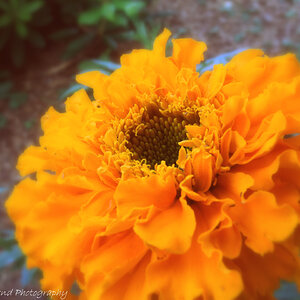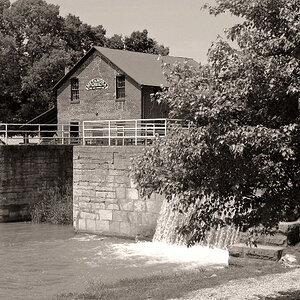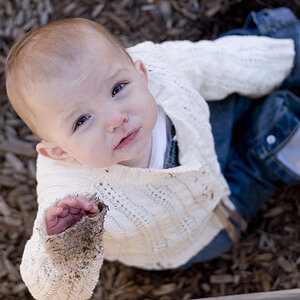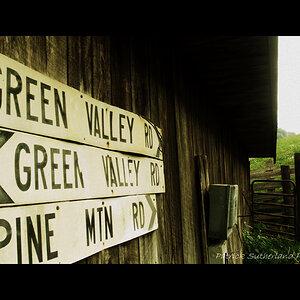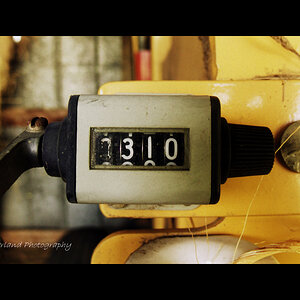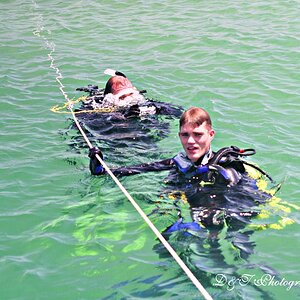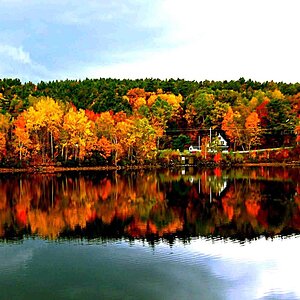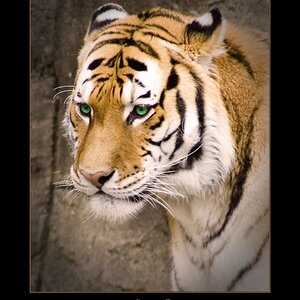SuperMiguel
TPF Noob!
- Joined
- Aug 11, 2013
- Messages
- 48
- Reaction score
- 0
- Location
- United States
- Can others edit my Photos
- Photos OK to edit
Should i mess with that? or just leave it as 100 ON 1600 and 1/200 sec
Going to take few pictures this weekend and wanted to try this out... Ill probably get away from auto mode this weekend and get into A/S/P mode =)
Going to take few pictures this weekend and wanted to try this out... Ill probably get away from auto mode this weekend and get into A/S/P mode =)


